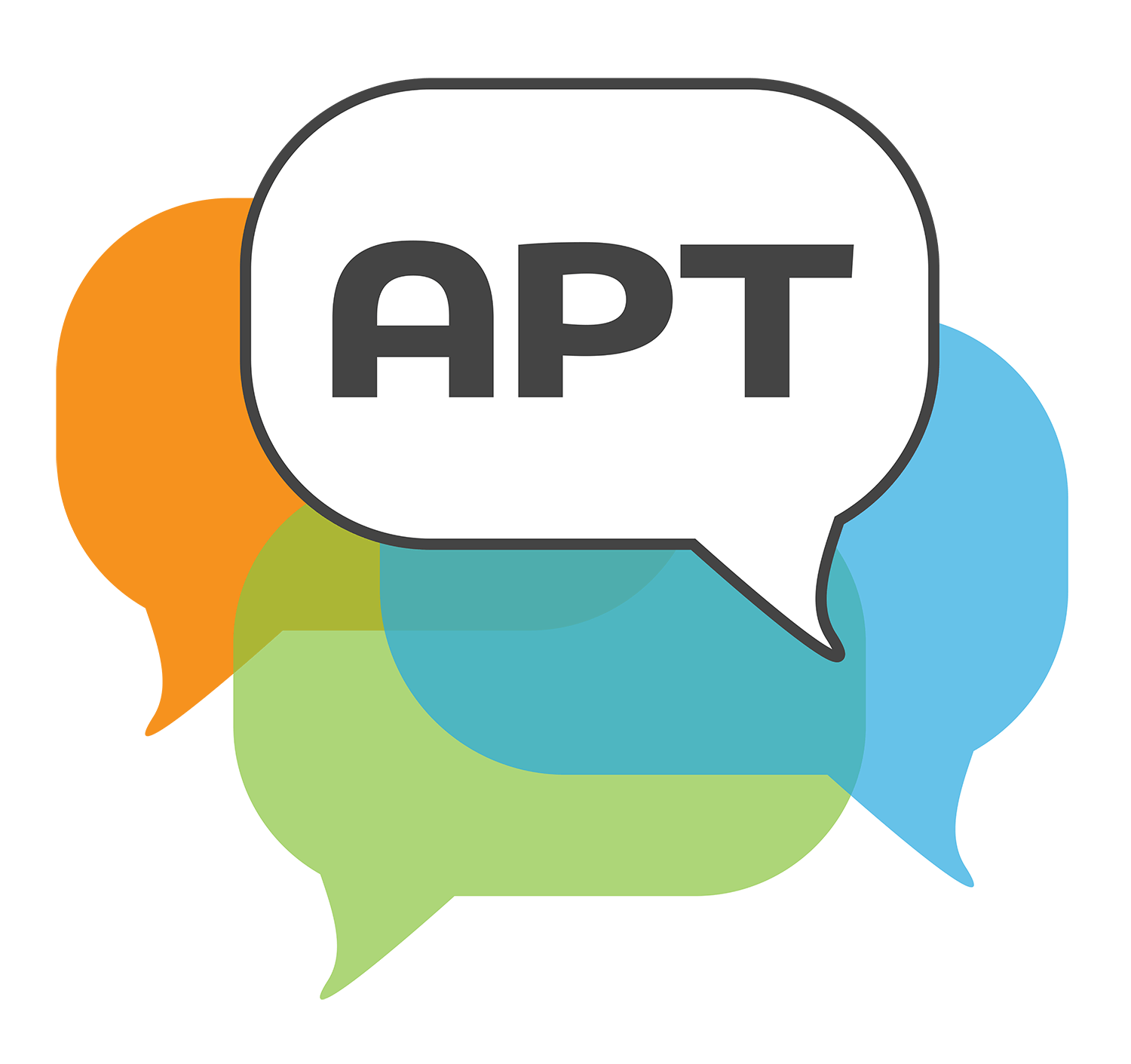Getting Started
Facilitating APT
However thoughtfully you've planned your lesson, when the time comes to have students engage in APT, you will simultaneously be turning the talk over to students and playing a critical facilitating role. Students are accustomed to directing their contributions toward the teacher; it is therefore essential that the teacher establish new expectations. Similarly, students look to their teacher to confirm that they are right. It will take effort to shift the responsibility back to students to confirm their ideas for themselves, using instructional materials and each other.
ORIENTING STUDENTS TO EACH OTHER
In classrooms characterized by Academically Productive Talk, students direct their comments and questions to each other. Initially, a teacher must support students to shift their attention and speech towards their classmates— to orient students to each other. This will often require breaking entrenched habits—for both students and teachers!
[1]
Each time a student directs their statement to you during a discussion, gently remind them to talk to their classmates. Arranging desks so students face each other helps with this.
This group is new to academically productive talk and the lesson about hurricanes includes opportunities to practice what to do when they cannot hear their peers. At the end of the clip, the teacher redirects the student to turn around and speak to her peers instead of towards the front where the teacher is positioned.
If a student raises a question, turn the question back to the whole class to consider rather than explaining or answering the question yourself.
In this clip, a student asks why bark beetles go into trees that are sick or dying. Instead of giving the student an explanation, the teacher turns the question over to the class and asks them to consider the question with a partner. Grade 5 Science
In this clip about finding an equation to determine a cars’ depreciation, the teacher turns back student questions to the small group to respond to.
When you or a student asks a question that requires some thought, have students turn and talk to a partner so they have the experience of explaining their own ideas, and listening to the ideas of classmates.
The teacher uses a turn and talk so that students have the opportunity to ponder over his question of whether they can sketch a graph with the given information. He also tasks a specific student in each group to report on their group's discussion.
In this kindergarten classroom, the teacher asks several related questions 1) what do you notice, 2) what is similar and 3) what is different? The turn and talk is scaffolded for the young students through individual think time, repetition of the three questions to consider, and providing sentence starters that students can use.
Nearly all students raise their hand when asked what they think the title of the poem means. A turn and talk allows all students to participate and more deeply develop their ideas with a peer.
Once you’ve amassed the shared resources, put yourself through the exercise of constructing an argument from different perspectives using the resources to see if they are adequate to support multiple positions.
Directly prompt students to provide evidence for their claim if they haven’t done so, asking, “how do you know that?” or “What’s your evidence for that statement?”
Design routines that establish the expectation that students must ground their answers in evidence. For younger students, some teachers post sentence starters such as: I think ________ and my evidence is _____________. While these can be helpful early on as a reminder, in the interest of authenticity they should be removed as soon as students have internalized the process of providing evidence.
This seventh grade math video demonstrates another strategy for orienting students to a shared resource. In this card matching activity, students are tasked with matching graphs of water flowing out of the top of a prism and into the bottom of a prism. As opposed to each student having their own set of cards, the pair of students are sharing a set of cards which will require them to share and negotiate their thinking with their partner.
GRADUALLY RELEASING CONTROL
Ultimately, the goal of APT is for students to independently elaborate their thinking using evidence and reasoning and build or challenge their peers’ thinking without teacher intervention or support. Achieving this ultimate goal requires the teacher to respond adaptively to student comments, at times recognizing the utility of stepping in and correcting a student misconception or modeling a certain behavior, and at times recognizing that it might be more productive to let students figure it out on their own. In the videos below, we can see that teachers choose, in different moments of facilitating Academically Productive Talk, to step in or step back. While any given lesson might include a range of teacher responses to student struggle, over the course of a year, we would hope to see a general trend towards teachers relinquishing control over Academically Productive Talk to students, letting students speak freely and take on turn-taking responsibility.
Notice in the video examples below a trajectory of what gradual release of control can look like depending on teacher and student practice with APT.
In the Crosstown Expressway clip the teacher plays a heavy-handed role in directing the discussion and he takes turns between student comments. This teacher is new to the profession and to APT.
In the Car Value video the teacher steps in, but is strategic in when she does and what she says. While she gives them the answer, she does so knowing that what they are focusing on at the moment is not the central mathematics of the task, but something they are unproductively struggling over that gets in the way of the day’s learning objective.
The hotpacks discussion is largely student facilitated. The teacher provides guiding questions, but is able to exit and enter the conversation without disrupting the flow of student thinking.
The small group discussion about the sinking of the RMS Titanic is run completely without teacher intervention, this demonstrates student skill in APT as well as the teacher practice in getting her students to this point. These are the youngest students in this trajectory, but it shows that even elementary aged students are fully capable of facilitating their own discussions.
PRESSING FOR STUDENT THINKING
Teachers may notice that even when students begin providing evidence and reasoning to support their thinking, difficulties can arise with the accuracy or relevance of their arguments. Teachers can challenge students’ ideas in these moments, requiring students to rethink their arguments and explanations. Teachers can use challenging moves to encourage students to reexamine their ideas without turning to explicit instruction. For example, a useful tool for teachers is to challenge students’ thinking through the use of a question. They can also model how to effectively challenge someone's thinking when they either disagree or believe that the reasoning is erroneous.
In this whole class discussion, students are being asked to identify lines or images in the poem and explain why it stood out to them. When students move on to make claims about what they think the poem is about, for example they believe the baby has died, the teacher asks them to base it on evidence from the text.
In this discussion, students make claims about whether a cricket is a decomposer. Instead of denying or confirming student claims, he presses for evidence and reasoning to support the claims.


